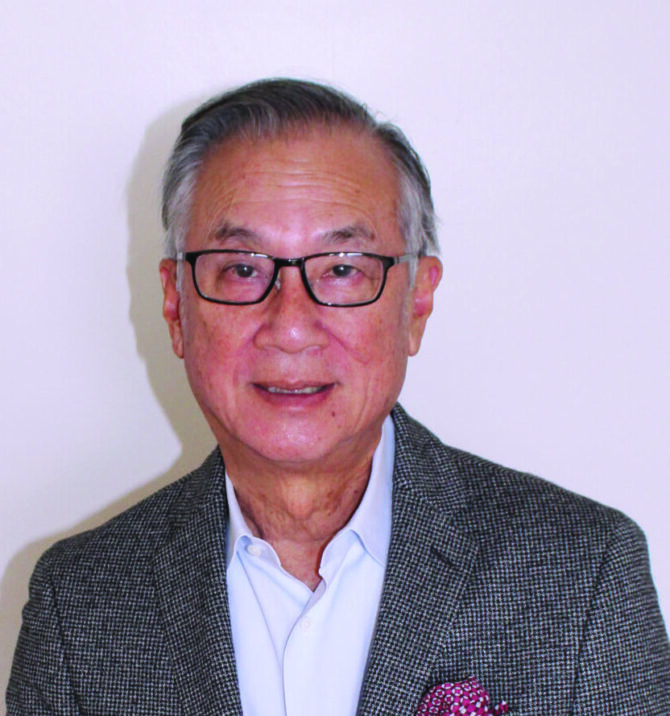The asset-light model is being falsely charged for the global chip shortage.
In the early 2000s, I held a seminar for managers and technical professionals in a European-based semiconductor company. One of the participants had recently moved to a new position in Shenzhen, China. This person impressed everyone by telling us about a company called Taiwan Semiconductor (now TSMC) that was making quite a splash in Asia.
He explained to the class its business model of being a semiconductor foundry that made chips to order for computer chip design companies. Arguably, this was the first example of the ‘asset-light’ approach in the semiconductor industry. Before the advent of TSMC, chip design firms made their own chips. Outsourcing the manufacturing to independent suppliers was unheard of. After all, doesn’t one have to make chips to be a bona fide semiconductor company? One of the seminar attendees raised a concern. Since the wafer fabrication facilities – ‘fabs’ in computer parlance – were in Taiwan, wouldn’t there be a risk of earthquakes disrupting the supply?
Having another company make the capital investment in heavy fixed assets has proved too compelling for chip designers to pass up
The financial attraction of having another company make the capital investment in heavy fixed assets has proved too compelling for chip designers to pass up. Twenty years ago, constructing a greenfield fab required an investment of $3-4bn.
Today, it can cost three to five times that amount. Small wonder that computer companies such as Qualcomm – which outsources its entire production of chips – are called ‘fabless’ companies.
Yet concerns about the potential for disruption have been borne out by recent events. Chip shortages have caused supply chain disruptions in automobiles, consumer electronics and even household appliances. In the US, supply chain woes have been exacerbated by the fact that most of these chips are made in Asia. Asian governments typically took a more hawkish stance on Covid, resulting in labour shortages across the region, just as global demand for computers spiked as more people chose – or were forced – to work from home. All these points raise the question of whether the asset-light business model pioneered by TSMC has much to do with this situation.
To my mind, the answer is ‘no’. In executing the asset-light strategy, a computer chip company that wishes to reduce its long-term capital commitment to multibillion dollar investments in fabs must find companies that are both willing to make that capital commitment, and have the technical expertise to run its operations. Asian governments provide subsidies and incentives for the building of new fabs. Moreover, companies such as TSMC and other Asian – and non-Asian – chip companies have access to a ready supply of technical workers to run their Asian operations. As a result, the proportion of total global computer chip manufacturing output located in the United States fell from 37% in 1990 to 12% in 2020.
The asset-light model per se is largely blameless for the chip shortages and subsequent supply-chain disruptions. Rather, it is the manifold benefits offered by manufacturing in Asia that resulted in the mass offshoring of the US industry to that region. The answer is not to abandon asset-light – but for the United States to level the playing field by incentivizing third-party suppliers to locate in the US. Perhaps help is at hand. A major goal of US Congress’s recently passed and signed CHIPS and Science Act of 2022 is to make the world’s biggest economy ‘asset-lighter’, while encouraging supply chains inside its own borders.
The chip shortage was caused by a combination of powerful incentives and Covid restrictions. Asset-light was a red herring.
Phil Young is an MBA professor and corporate education consultant and instructor.

